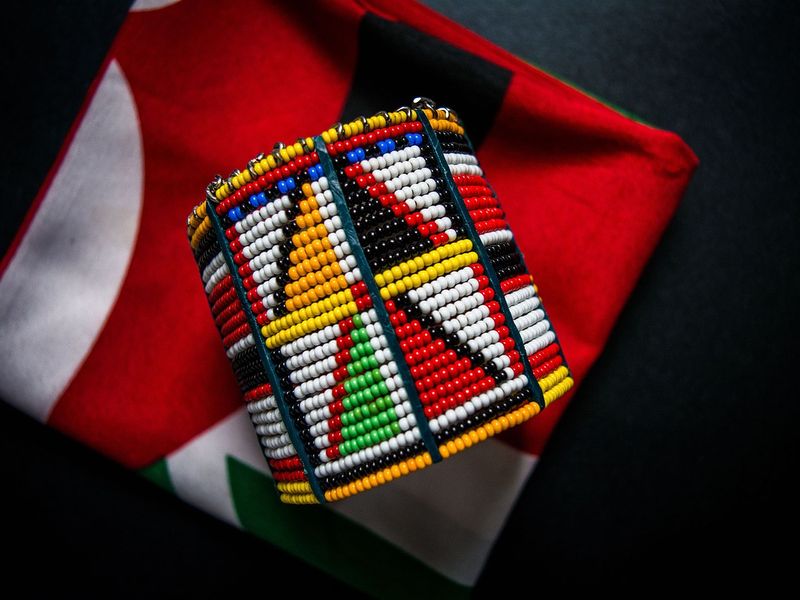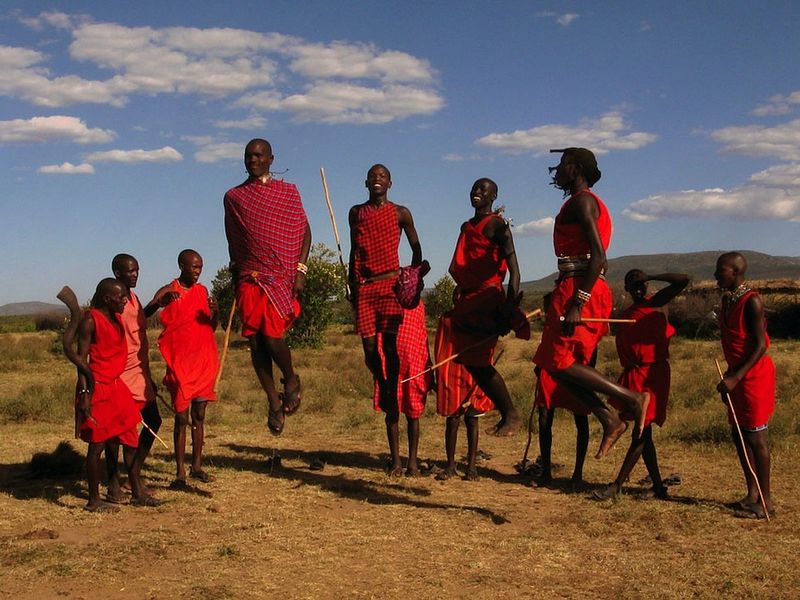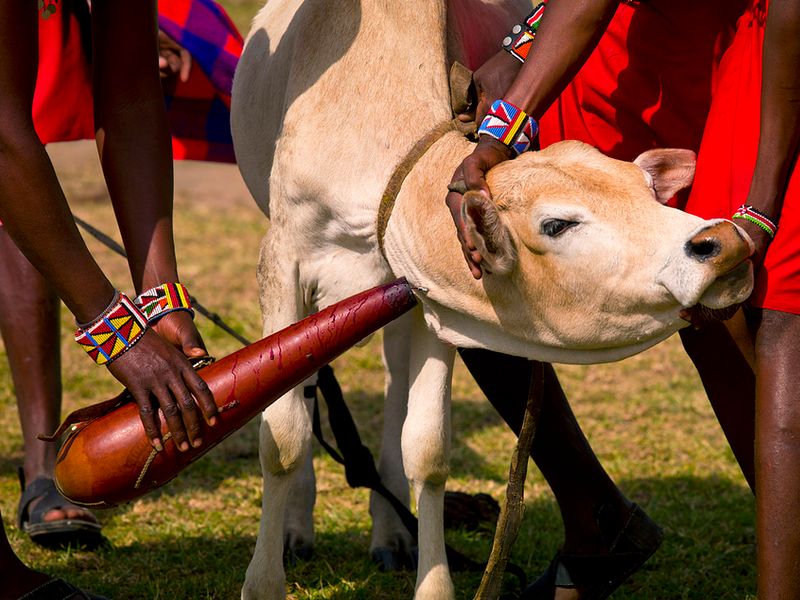Every morning in Africa, a gazelle wakes up. It knows it must run faster than the fastest lion or it will be killed. Every morning a lion wakes up. It knows it must outrun the slowest gazelle or it will starve to death. It doesn’t matter whether you are a lion or a gazelle: when the sun comes up, you’d better be running. – Christopher McDougall

Weird fact alert: our ancestors did not have ambulance services, mobile phones with access to high-speed internet nor did they have WebMD. Somehow, they still made it through the day alive. Most even thrived in this kind of environment.
Of ancient ways and the Paleo Diet
Purveyors of the Paleo Diet will tell you that the ancient ways of survival and living were the best. They will insist on it being the only way to thrive; the only way to reconnect with our ancestors from 60 million years ago.
They will tell you that observing a Paleolithic kind of diet will make you leaner, tougher, healthier and much less of a couch potato as it did our ancient departed. Now, granted, the Paleo Diet has some merits to its name, but it also has some drawbacks. Living on nothing but leaves, bugs and nuts can help breed parasitic infestations and atherosclerosis. You need to find a fine balance between modern life and ancient survival skills.
Which is exactly what the best of them did! There are tribes on this Earth that still subscribe to ancient survival skills and methods. Tribes that still eat their meat raw (don’t look at us like that…what do you think all those ‘medium rare’ and ‘rare’ steak order people do?) Tribes that still live off the land and make little to no use of modern technology to get by. These are tribes that could teach us a thing or two about survival and how to make life more adventurous.
Yes, some practices may not be for the faint of heart (imagine drinking fresh cow blood mixed with milk?) Other practices, however, such as fire making without a lighter and shelter building without hiring a contractor are all things that could very well come in handy in this day and age. Especially if you are into awesome activities such as camping and wilderness travel in general.
5 survival skills and lessons from indigenous tribes in Kenya

Thankfully and excitingly enough, Kenya is home to many such tribes. Of course, the very first that will come to mind is the Maasai – Kenya’s iconic tribe that simply refuses to let go of their traditional customs and tenets despite societal influence and the proliferation of civilized behaviour. As a country, we love them for it!!!
The Maasai, however, are not the only people to stick to their ancient ways. There are a host of other tribes such as the Turkana, the Samburu and even the Kipsigis from the Rift Valley. In fact, if you look closely at the 43 tribes of Kenya, you will find factions that still practice their traditions to date. You might have to look REALLY closely in most, but you are guaranteed to find at least an uncle or a grandma who swears by the olden ways and is more than happy to tell you all about it.
Survival skills and lessons from the Maasai: Raw cow blood as survival food

Image Credit: Eric Lafforgue
Despite having a multitude of them, the Maasai do not typically eat their cattle. Instead, they survive on the milk they get from these cows and blood. Yes, you read that right, raw cow blood. In fact, drinking cow blood is considered a delicacy and often reserved for special occasions such as the circumcision of their boys, marriage ceremonies and the birth of a child.
This blood is also used to sustain the population during periods of prolonged drought. What is interesting is that as much as the Maasai can insert a thin bamboo tube into the cows jugular, the cow is not killed in the process. For the most part, they get this blood by puncturing the loose flesh hanging on the cow’s neck.
Raw blood is not only nutritious and one heck of a survival meal, it is also a hangover cure as it is occasionally given to elders who have had one too many and are reeling from the effects.
Survival skills and lessons from the Samburu: Making fire without a light
Rubbing one stick against another until you make fire shouldn’t be anything new to an avid survivalist. For the rest of us city-folk, however, this is something worth writing home about.
It takes a special kind of dry stick rubbed vigorously against another that has a small hole in it so that the friction creates smoke and embers that are then placed on already prepared kindling. It is a skill that will require some patience, muscle power and a whole lot of praying to master. Have a look:
Survival skills and lessons from the Turkana: Spearfishing
For a community that has almost as many AK47’s as they do traditional headgear, spearfishing is something of a surprise. Yes, they have nets and boats and a whole lot of cows, but it is the art of spearfishing that brings the Turkana to our interest today.
Traditionally, a Turkana fisherman would make a wooden raft out of doum palm logs. He would then sail that raft out to the shallows on Lake Turkana and stand motionless for hours as he waits for the perfect fish to swim by his feet. In his hands, he would have his fishing spear (a long wooden shaft with a detachable metal tip and a sharp barb secured to his raft with a long piece of rope).
The sharp eye-sight, quick reflexes and patience it takes to master this skill is almost superhuman.
Survival skills and lessons from the Kipsigis: Mud hut shelters
Although there are simpler ways to build a shelter in Africa, the most common way is to put up a mud hut. It doesn’t cost as much, doesn’t take too much time to do and it can be done using locally available material. All you would need would be:
- Straws of grass for the roof
- A lot of mud for the walls
- Sticks to act as the actual structure
- Cow dung for the plaster
- Reeds or vines to act as nails
Maybe a few of your village mates to make things fun and get it done faster. Check it out:
Survival skills and lessons from the Waata: Long-bow hunting
This little-known tribe residing along the Tana and Galana Rivers in the Taru Desert of Eastern Kenya is almost invisible to the rest of the country. It is estimated that there is little more than 20,000 of them in existence today. That, notwithstanding, the Waata people are known as excellent hunters who use double-convex long-bows with draw weights of about 170 pounds and poisoned arrows. Their poisons are rumoured to be so powerful that they can bring down game weighing 50KG in less than 20 minutes.
You would have to learn from their elders on how to make this poison (from which plants to extract them) and how to safely handle it. But once you master the art, you will instantly become a more successful hunter in the wild.
Mastering these survival skills and lessons take time. Many of these practices go back thousands of years and may not even be taught to people outside of the tribe. Nonetheless, they are exciting, interesting and best of all, they work like a charm.
The survival skills of the massai people is something else. It’s also incredible the way they’ve managed to hold on to their culture for so long.